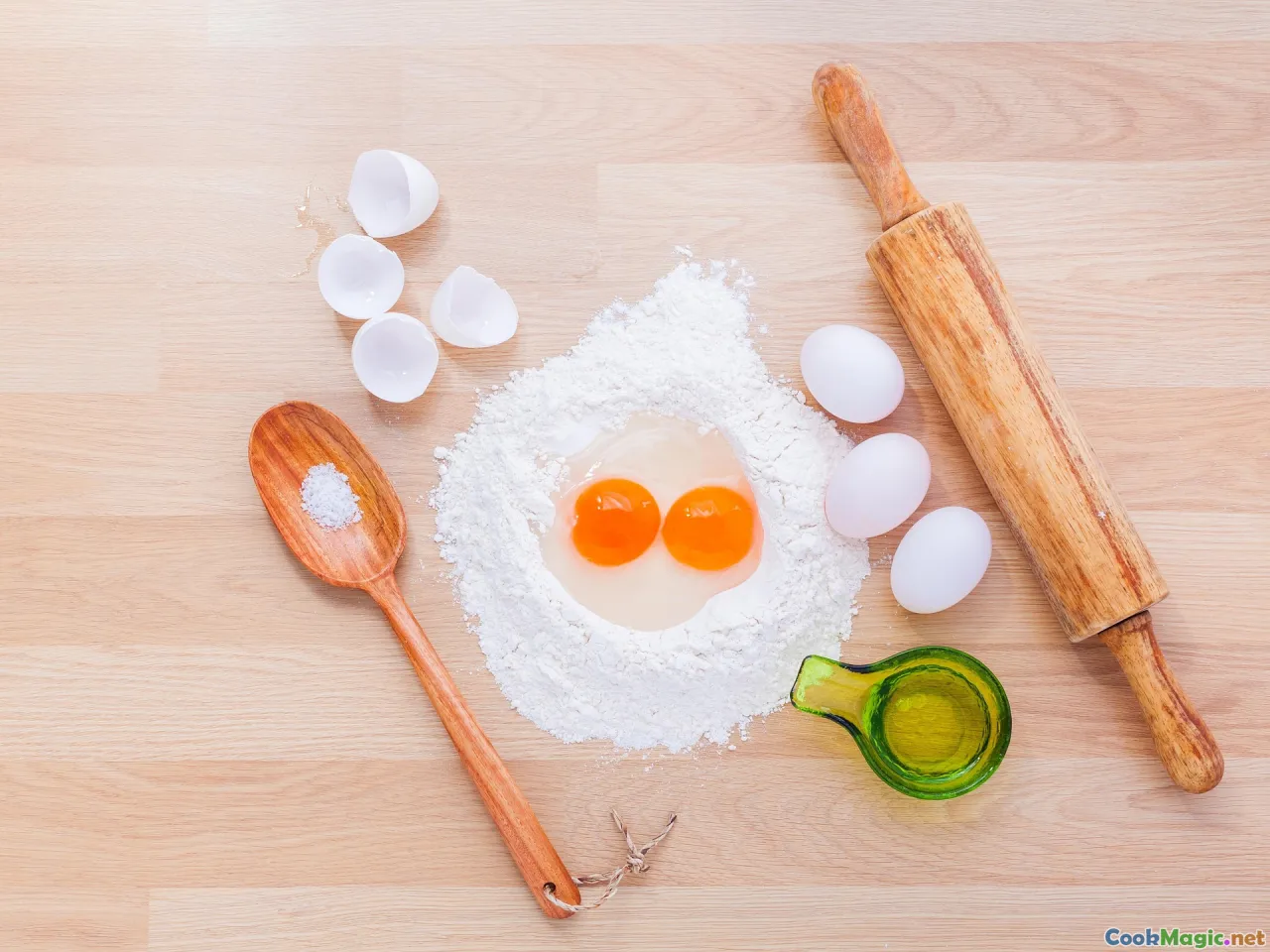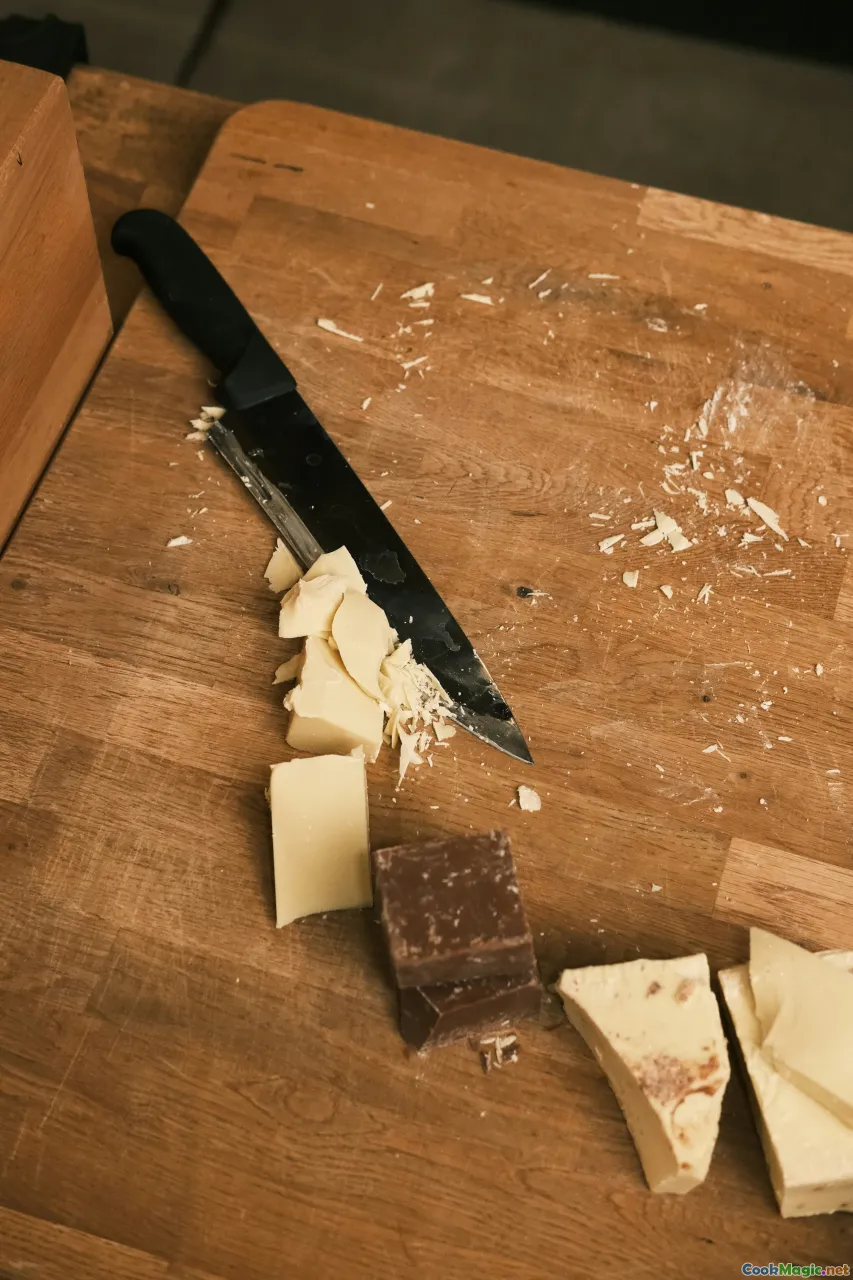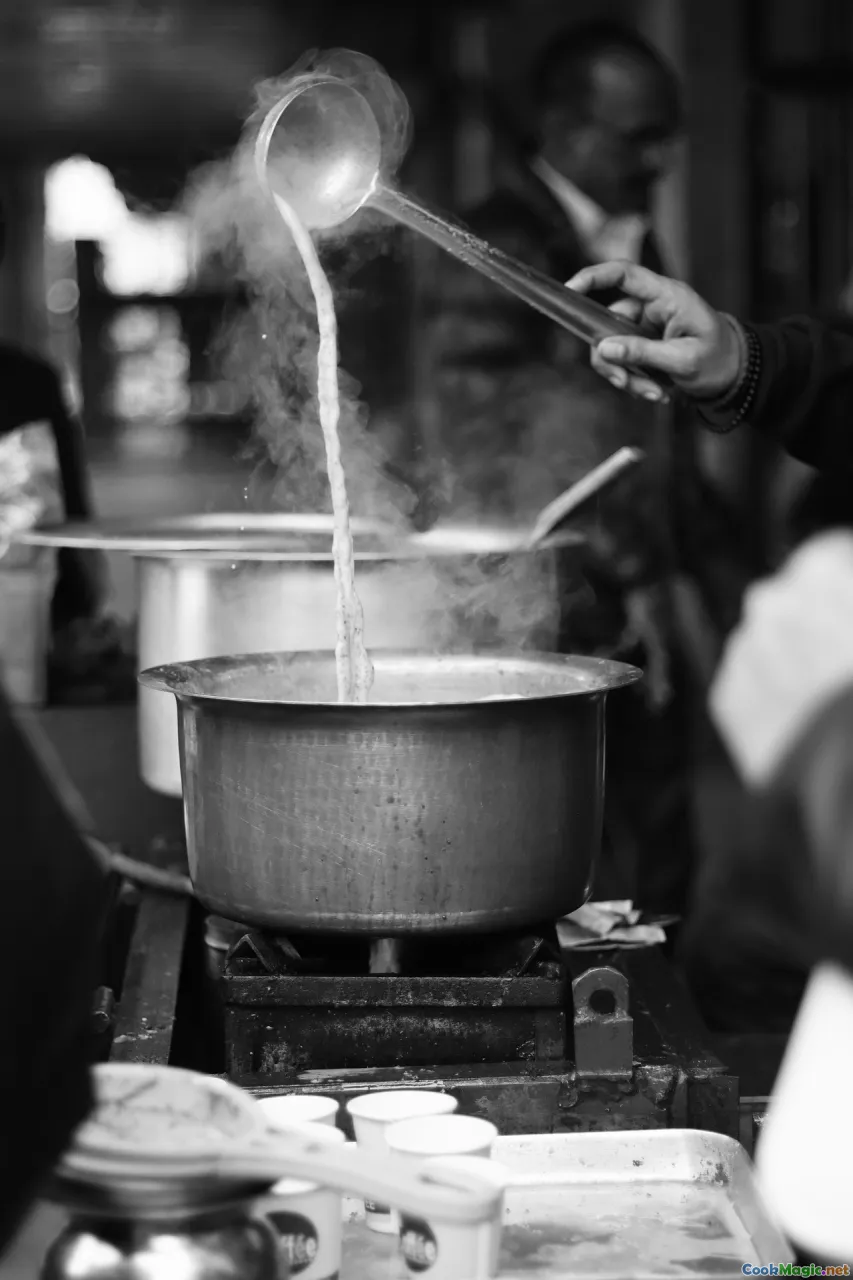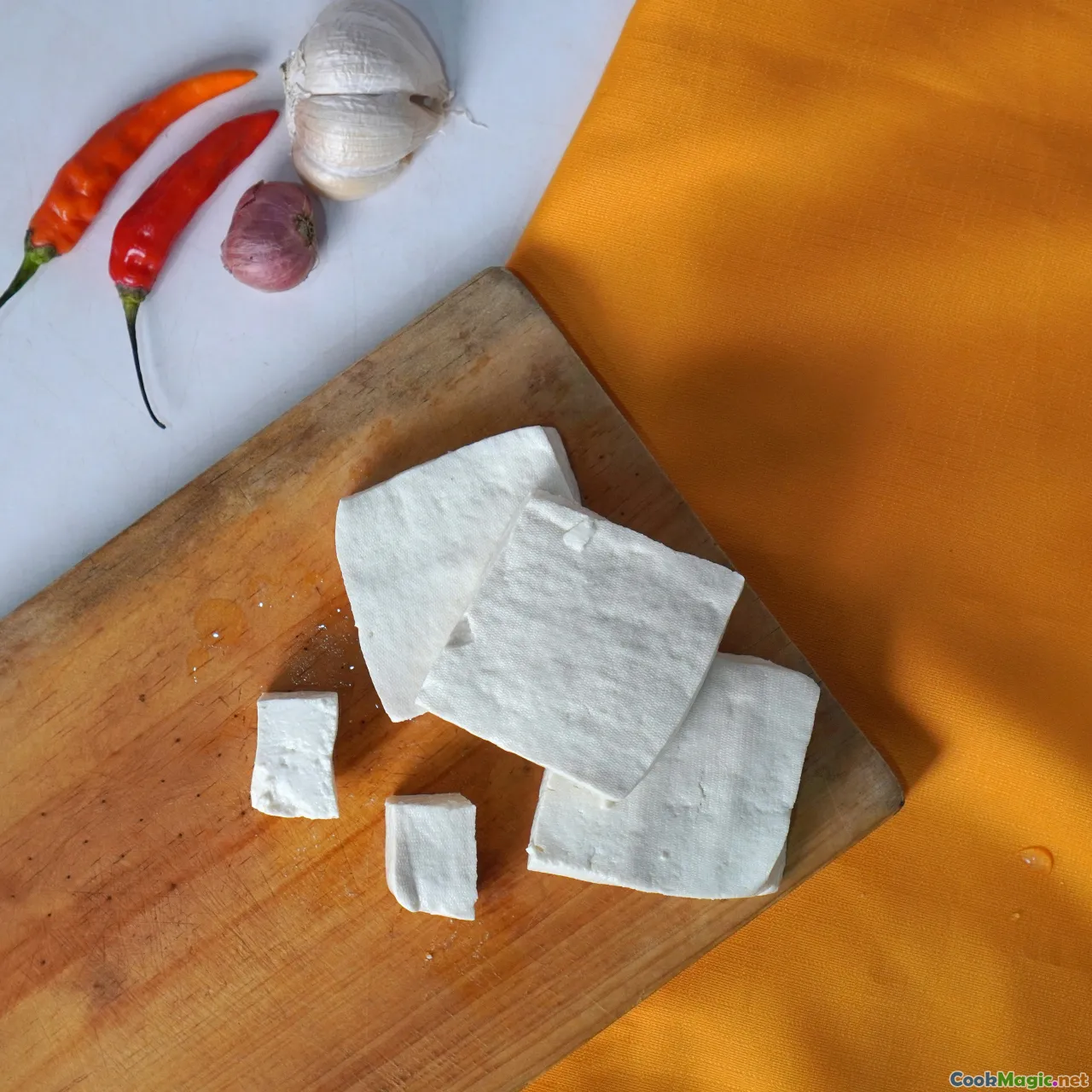The Art of Making Fufu from Scratch
12 min read Discover authentic techniques to craft smooth, flavorful Fufu from scratch, capturing Nigerian culinary heritage and enhancing your cooking repertoire. July 05, 2025 12:05
The Art of Making Fufu from Scratch
Few dishes encapsulate the soul and history of Nigerian cuisine quite like fufu. This starchy, supple delicacy is more than just a food—it's an experience, a communal symbol rooted in centuries of tradition, infused with the inviting aromas of boiling cassava and yam. When properly prepared, fufu becomes a silky, elastic ball that melts seamlessly in the mouth, its neutral yet subtly sweet flavor serving as the perfect vessel for flavorful soups and stews. Crafting fufu from scratch isn't just about following a recipe; it's an act of cultural preservation and personal artistry that connects you to generations past.
Let me take you on a sensory journey into the intricate world of fufu making—the methods, the significance, and the tender, gooey magic that results from patience, skill, and love.
The Rich Cultural Tapestry of Fufu

Fufu is woven into the very fabric of Nigerian social and culinary life. From bustling Lagos street markets where vendors shout out with pride, to humble household kitchens echoing with the sound of pounding pestles, fufu signifies togetherness. It’s a dish that transcends social class, enjoyed across the country's diverse ethnic groups—Yoruba, Igbo, Hausa, and others—each with subtle variations.
For the Igbo, fufu is often paired with well-seasoned pili pili soupandpepper soup; for the Yoruba, it’s the accompaniment to egusiorokra soups. Nigerian families gather around plastic bowls filled with steaming fufu, dipping into rich, flavorful soups that ignite a symphony of tastes—spicy, savory, earthy—and evoke stories of shared history and identity.
The Ingredients: Simplicity and Elegance

Making fufu truly from scratch requires only a handful of humble ingredients—cassava, yam tubers, or sometimes plantains, depending on regional preference.
- Cassava (manioc): The cornerstone, providing a slightly tart, starchy flavor that forms the backbone of classic Nigerian fufu.
- Yam (while): Known locally as heavy yamorwhite yam, it yields a soft, stretchy texture that lends resilience to the fufu.
- Additional Flavorings: Some prefer to add a pinch of salt or a splash of warm water during preparation.
Quality ingredients are paramount. Select firm, fresh cassava and yams, free from mold or rot. Old, rubbery yams will produce a gluey, unappetizing texture, while fresh, firm yams dazzle with their elasticity.
Preparing Your Ingredients: The First Step

Preparation begins with meticulous peeling. For cassava, use a sharp knife to remove the thick, rough skin, revealing the white, fibrous flesh beneath. Be cautious—uncooked cassava contains cyanogenic compounds that must be eliminated either through cooking or proper processing.
Yams are peeled with similar care, ensuring any dark spots or blemishes are discarded. Both ingredients are then chopped into manageable chunks, roughly 2-inch pieces, to facilitate even cooking.
Personal tip: Peeling cassava can be starchy work—wear gloves if you want to avoid skin irritation due to the cyanide compounds!
The Cooking Process: From Boil to Mash

The next critical step is cooking, which can be done via boiling or steaming. Traditionally, in Nigerian homes, a large, rounded clay pot is used, but modern stainless steel or non-stick pots work perfectly.
- Boiling method: Place the chopped cassava and yams into a pot of boiling water—ensuring they are fully submerged—and cook until they are completely soft. This typically takes about 20–30 minutes, depending on the size of the chunks.
- Steaming method: For a less waterlogged result, some artisans prefer steaming, which preserves more flavor.
To test if done, insert a fork into a chunk—if it slides in easily with no resistance, removal from heat is imminent.
Personal insight: Do not rush this step! Overcooking can lead to excess water absorption, resulting in a runny, unmanageable fufu.
The Art of Pounding: Texture is Key

Once cooked and drained, the next stage is pounding—arguably the most revered and labor-intensive part of making fufu.
Historically, Nigerian women and men use large, wooden mortar and pestle sets known as pounding blocks—ara anuin Igbo,Ile Ibe in Yoruba. The ingredients are transferred into the mortar, and pounding begins. This task requires rhythmic strength, patience, and skill.
The goal is to transform the boiled cassava and yam into a smooth, elastic dough with a slightly shiny appearance, free of lumps or cracks.
Technique and Tips:
- Timing: Continuous pounding for about 15–20 minutes, or until the mixture becomes stretchable and glossy.
- Moisture control: Add small spoonfuls of warm water during pounding to achieve a soft and pliable consistency.
- Consistency check: The fufu should be strong enough to stretch without tearing, yet soft enough to mold easily.
Personal insight: Watching the transformation from chunks to stretchy dough is almost meditative—it's about more than technique; it’s a spiritual dance passed through generations.
Modern Methods: Using a Food Processor

Today, many home cooks and chefs adapt by using industrial-grade food processors or high-powered mixers with dough hooks. These make the process quicker and less physically demanding.
Blend cooked cassava and yams with a splash of warm water until smooth and stretchy. Then, transfer the mixture onto a heated surface or damp towel, kneading gently until uniform in texture. This modern shortcut allows more people worldwide to enjoy authentic Nigerian fufu without the intensive pounding.
Shaping and Serving: The Final Touch

After achieving a smooth, elastic dough, it’s time to portion. Traditionally, fufu is shaped into balls or oval plops, about the size of a clenched fist, and served hot.
Place each piece on a leaf or plate, ready to be dipped into rich, hearty soups. Fufu’s silky accommodating texture makes it an ideal partner—soaking up the flavors of ogbono, bitterleaf, cocoyam soups, or even spicy pepper stews.
The Emotional and Personal Connection

For many Nigerians, making fufu is a communal act—an expression of love, patience, and cultural identity. It’s a dish that brings families together around the table, sharing stories as they scoop up chewy pieces covered in bubbling, flavorful soups.
I remember my grandmother’s gentle pounding rhythm, the aroma of boiling yams filling the humid air of the kitchen in our village. Each batch was a labor of devotion—sometimes loud, sometimes gentle, but always with a shared purpose. It taught me that food preparation could be a meaningful tradition—a sacred ritual connecting past, present, and future.
Tips to Perfect Your Fufu
- Use fresh ingredients: Fresh yams and cassava produce superior texture and flavor.
- Control moisture: Don’t let your mixture become too runny or too dry; find that perfect elasticity.
- Practice rhythm: Whether pounding manually or kneading with a processor, aim for a steady, rhythmic motion.
- Flavor it mindfully: Traditionally, fufu is used as a neutral base, but some add a pinch of salt during kneading for subtle enhancement.
- Serve immediately: For best elasticity and taste, serve your fufu hot, straight from the preparation.
Fufu as a Cultural Heritage and Personal Expression
Making fufu from scratch is more than cooking—it's a celebration of Nigerian resilience and tradition. Each step mirrors patience and mastery, echoing generations of culinary artisans dedicated to preserving a treasured cultural gift.
Whether you’re preparing it for a family gathering, a cultural celebration, or simply as a heartfelt homage to Nigerian cuisine, your effort in mastering the art of fufu elevates it from a dish to an experience—a symbol of community, history, and love.
Let the starchy aroma fill your home, and enjoy the deliciously handmade, elastic, and warm fufu that connects you to the rich tapestry of Nigerian life and legacy.









